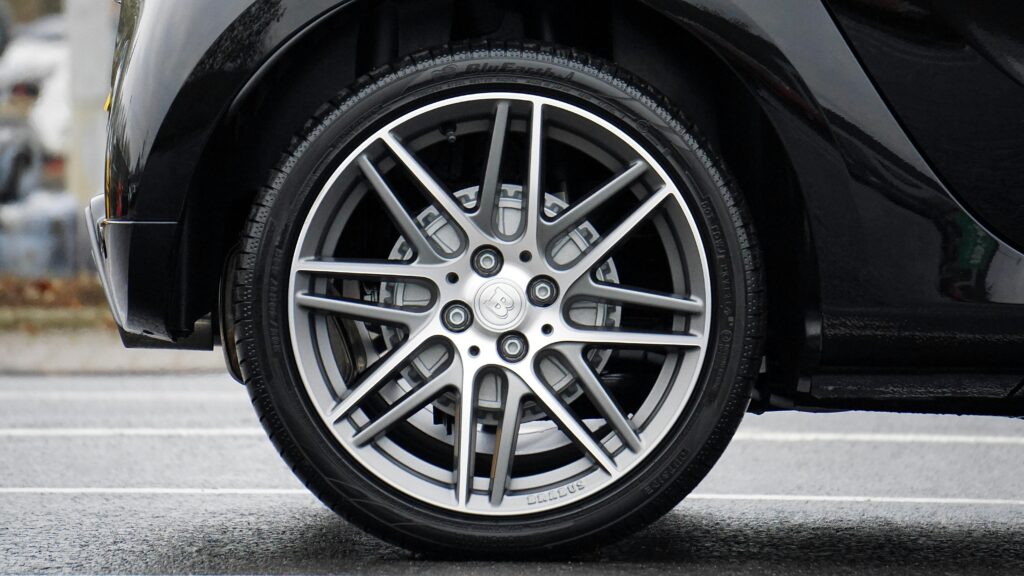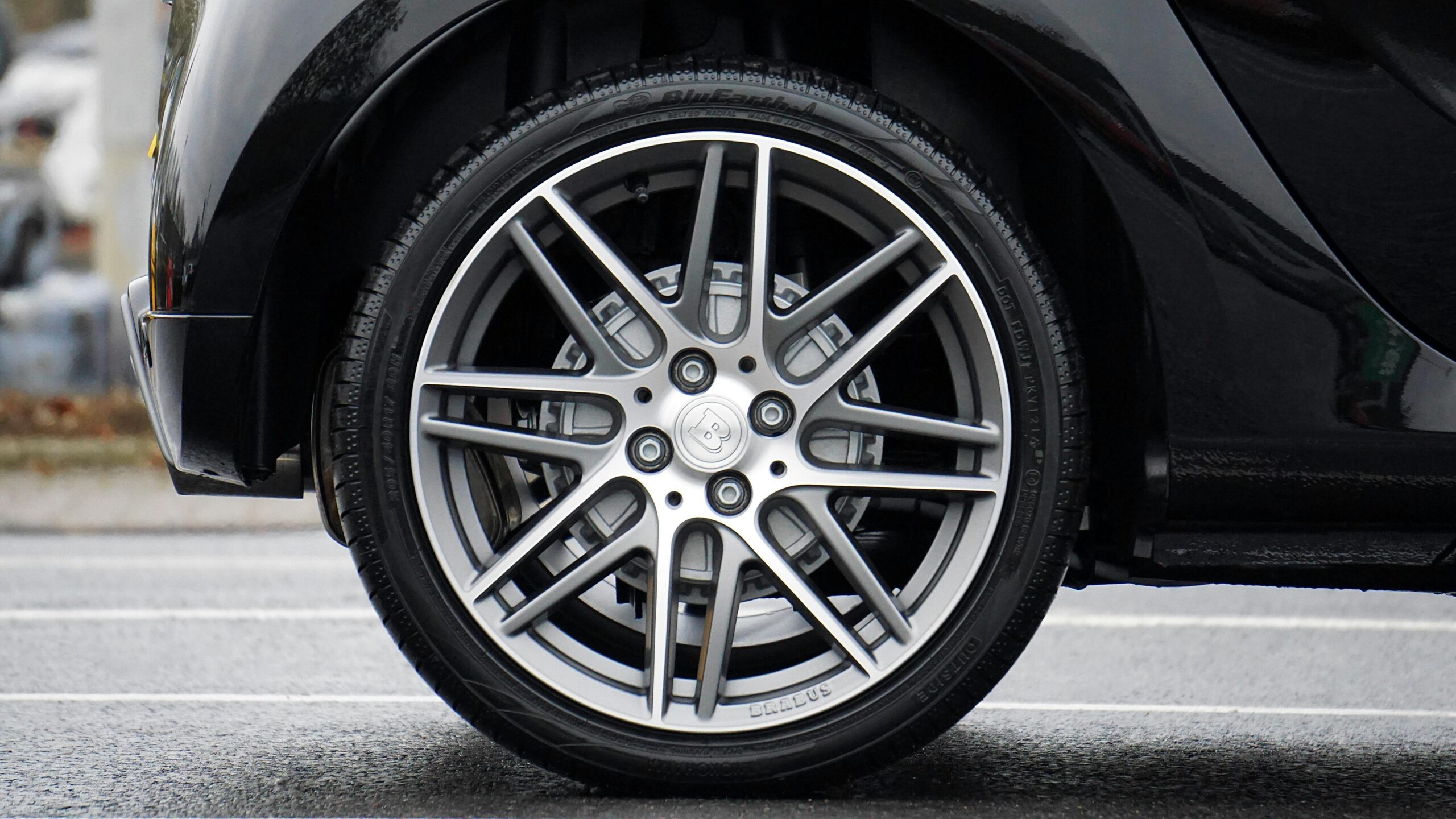Choosing the Right Tires for Your Driving Style and Climate

Tires are arguably one of the most critical components of your car, yet they’re often overlooked. They are the only part of your vehicle that actually touches the road, influencing everything from handling and braking to fuel efficiency and ride comfort. Choosing the right set of tires is about more than just replacing worn-out rubber; it’s an opportunity to fine-tune your car’s performance to match your specific needs, driving habits, and local weather.
Think of it this way: you wouldn’t wear sandals to go hiking in the snow. The same logic applies to your car. The right tires provide the grip, stability, and durability you need to drive safely and enjoyably, whether you’re commuting on the highway, carving up a winding road, or navigating a winter storm. Making an informed choice can completely transform your driving experience.
Why Tire Selection is So Important
Your tires have a massive job. Each one has a contact patch—the amount of rubber touching the ground at any given moment—that is only about the size of the palm of your hand. This small area is responsible for transmitting all the forces of acceleration, braking, and cornering. It also has to support the entire weight of your vehicle.
When you select tires that are well-suited to your car and conditions, you get:
- Improved Safety: The right tires can significantly shorten your stopping distance, provide better grip in wet or icy conditions, and reduce the risk of hydroplaning.
- Enhanced Performance: Whether you’re looking for sharper handling, quicker acceleration, or a smoother ride, the right tires can help unlock your car’s full potential.
- Better Fuel Economy: Some tires are designed with low rolling resistance, which means your engine doesn’t have to work as hard to move the car forward. This can lead to noticeable savings at the pump.
- Greater Comfort: Tires play a big role in absorbing road imperfections. A tire designed for comfort can make your daily commute much more pleasant by reducing noise and vibrations.
A Breakdown of Common Tire Types
The tire market is vast, with options for nearly every type of vehicle and driving condition. Let’s break down the main categories you’ll encounter.
1. All-Season Tires
As the name suggests, all-season tires are designed to be a jack-of-all-trades. They aim to provide a balanced performance in a variety of conditions, including dry roads, wet pavement, and even light snow.
- The Good: They offer convenience and good value. For many drivers in moderate climates, a single set of all-seasons is all they’ll ever need. They typically have a long tread life and provide a comfortable, quiet ride.
- The Bad: Being a compromise, they don’t excel in any one area. Their summer performance won’t match a dedicated summer tire, and their winter grip is no substitute for a true winter tire in heavy snow or ice.
- Who They’re For: The daily commuter in a region with mild seasons. If you don’t face extreme heat or harsh winters, all-seasons are a practical and economical choice.
2. Summer Tires
Summer tires are all about maximizing performance in warm weather. They are made from a softer rubber compound that provides excellent grip on both dry and wet roads when temperatures are consistently above 45°F (7°C).
- The Good: Unbeatable grip and handling in warm conditions. Their tread patterns are designed to channel water away effectively, offering superior resistance to hydroplaning. They provide precise steering response and excellent braking capabilities.
- The Bad: That soft rubber compound becomes hard and brittle in cold temperatures, causing a dramatic loss of grip. They should never be used in snow or icy conditions. They also tend to wear out faster than all-season tires.
- Who They’re For: The driving enthusiast who lives in a warm climate or who swaps tires seasonally. If you prioritize performance and want to get the most out of your car on a spirited drive, summer tires are the way to go.
3. Winter/Snow Tires
When the temperature drops and the snow starts to fly, winter tires are essential. They use a special rubber compound that stays flexible in freezing temperatures, allowing the tire to conform to the road surface for better grip. Their deep, aggressive tread patterns are designed to bite into snow and ice and clear away slush.
- The Good: They provide a massive improvement in traction, braking, and control in snow and ice. The difference between all-seasons and winter tires in a snowstorm is night and day. Many feature tiny slits in the tread blocks, called sipes, which provide thousands of extra biting edges for grip on ice.
- The Bad: Their soft compound wears very quickly on warm, dry pavement. They also tend to have less precise handling and can be noisier than all-season or summer tires.
- Who They’re For: Anyone who lives in an area with regular snowfall and consistently cold winter temperatures. They are a crucial safety investment for winter driving.
4. Performance Tires
This category often overlaps with summer tires but can also include all-season variants. Performance tires are built for speed and handling. They typically have a lower profile (shorter sidewall), a wider tread, and are designed for superior grip and responsiveness at high speeds. They are often categorized further into Performance, High-Performance, and Ultra-High-Performance (UHP).
- The Good: Exceptional cornering stability, steering feel, and braking power. They are designed for drivers who enjoy pushing their cars to the limit on the street or at the track.
- The Bad: The trade-off for performance is often comfort, tread life, and all-weather capability. They can be noisy, ride harshly, and wear out quickly.
- Who They’re For: Owners of sports cars, sedans, and coupes who make performance their top priority.
Matching Tires to Your Driving Style and Climate
Now that you know the types, how do you choose? It comes down to two key factors: where you live and how you drive.
Climate is King: Your local weather is the most important consideration.
- Hot Climates with Dry or Rainy Summers: Summer or performance tires will give you the best grip and handling.
- Regions with Four Distinct, Mild Seasons: A good set of all-season tires will likely serve you well year-round.
- Areas with Severe Winters: The safest approach is to have two sets of tires: summer or all-season tires for the warmer months and a dedicated set of winter tires for when the temperature drops below 45°F (7°C).
Consider Your Driving Style:
- The Daily Commuter: You probably value comfort, long tread life, and fuel efficiency. A quality all-season touring tire is an excellent choice. It will provide a smooth, quiet ride and last for many miles.
- The Spirited Enthusiast: If you love taking corners and feeling connected to the road, a summer performance or UHP tire is for you. You’ll sacrifice some tread life, but the gains in handling and fun are worth it.
- The Off-Road Adventurer: If you have a truck or SUV and frequently venture off the pavement, you’ll want to look at All-Terrain (A/T) or Mud-Terrain (M/T) tires. These are built with reinforced sidewalls and aggressive tread patterns for durability and traction on dirt, gravel, and mud.
Don’t Forget Tire Maintenance
Choosing the right tires is only half the battle. Proper maintenance is key to getting the most out of them in terms of performance, safety, and longevity.
- Check Your Tire Pressure Regularly: At least once a month, check your tire pressure when the tires are cold. The correct pressure is listed on a sticker inside your driver’s door jamb, not on the tire itself. Under-inflation causes excess wear on the edges and hurts fuel economy, while over-inflation wears out the center and provides a harsh ride.
- Rotate Your Tires: Rotate your tires every 5,000 to 7,500 miles. This helps them wear evenly, which extends their life and maintains balanced handling.
- Check Your Alignment: If you notice your car pulling to one side or see uneven tire wear, you may need an alignment. Potholes and curbs can easily knock your suspension out of spec.
- Inspect Your Tread: Use the “penny test” to check tread depth. Place a penny upside down in a tread groove. If you can see all of Abraham Lincoln’s head, your tread is worn down to 2/32 of an inch and it’s time for new tires.
Ultimately, your tires are an investment in your safety and driving enjoyment. By taking the time to understand the different types available and honestly assessing your needs, you can make a choice that perfectly complements both your car and your lifestyle.

